Close your eyes and imagine a new Kenmore Square.
A soaring 28-story glass hotel rises up from a tree-lined plaza at the fork in the road where Beacon Street and Commonwealth Avenue split. The patch where the hotel stands is also an oasis for people who are window shopping or looking for a spot to sip their iced coffee on a breezy spring day. Cars, pedestrians, and cyclists coexist calmly and safely in a new and simplified intersection, and crossing through it no longer feels like an exercise in self-preservation. Kenmore Square is now a scenic gateway, in one direction toward Boston University, in another toward Fenway Park, and in a third toward the beautiful canopy heading downtown along Commonwealth Avenue.
Now open your eyes. That’s the vision for Kenmore Square unveiled January 29, 2019, by Mark Development CEO Robert Korff, who says he wants to turn one of Boston’s busiest and best-known intersections into a destination that would “put the square back in Kenmore Square.”
Part of the inspiration for the new Kenmore Square design came from the redevelopment of New York City’s Times Square, where stretches of Broadway have been converted into public sitting spaces.
If anyone is positioned to remake Kenmore, it’s Korff. He owns the Citizens Bank building situated in Kenmore Square between Commonwealth Avenue and Beacon Street, and he’s proposing the creation of a landmark flatiron hotel designed by Chicago architectural firm Studio Gang. The hotel would also offer 1,500 square feet of retail space and open onto a half-acre of new public space on what is currently a small patch of asphalt.
“That’s the obvious, biggest win, turning the center into a plaza,” says Jeff Speck, principal of Speck and Associates LLC, the Brookline design firm that created the redesign and produced a dramatic five-minute video outlining the changes. “But secondarily, I’m excited about…the need for small blocks. You create urban vitality. For the place to be vital, you need blocks to be small. That’s what’s missing from the square.”
The most significant change in the $200 million proposal is the creation of a new, very short road running behind the Citizens Bank property connecting Commonwealth Avenue and Beacon Street. The street allows traffic to flow around the hotel and plaza much like a roundabout, Speck says. He also emphasized that traffic signals could be reduced from four to three phases, moving every pedestrian, cyclist, and vehicle through the square faster.
The proposal is under review by the city of Boston, a process that will likely take months. And Kenmore Square abutters, like BU or Fenway Park, will have input, says Gary Nicksa, BU senior vice president for operations. Nicksa says a University official sits on the city advisory committee that’s reviewing the project, which he describes as remarkable.
“We have been intrigued by how it might improve transportation through and around the square,” Nicksa says. “Quality hotel space adjacent to the campus is also very helpful.”
Korff had originally proposed building a hotel at Kenmore Square in 2017. But the idea was met with criticism from neighbors in a condominium next door to the Citizens building, who were worried that the new hotel would overwhelm their building and block their views.
City officials also expressed concern at the time that the proposal did not do enough to improve conditions for walkers and cyclists in Kenmore Square.
Korff unveiled a new and expanded proposal January 29, 2019, to build the hotel 100 feet away from the condominium, separating the two buildings with a new road where Citizens Bank currently sits. It would also eliminate the fork in the road where Beacon Street and Commonwealth Avenue split, turning it into a new public space.
“In New York City,” Speck says, “they used cross streets at various intersections to remove pieces of the fork, simplify the roadway configurations, and create new public spaces. Kenmore did not present a similar opportunity because there are no cross streets, until I realized my client’s site could be used for a cross street.”
Speck, whose firm is based on Beacon Street in Brookline, just up the street from Kenmore Square, says the end result is a design that gives cars, cyclists, and pedestrians a safer and more comfortable experience. Some might argue that any change would make it more comfortable. Today’s intersection requires multiple crossings to navigate, some short, some longer, while paying attention to several stoplights at once and oncoming traffic that can make it feel like a speedway. Speck says that when he walked through Kenmore Square prior to the meeting, like most other people, he ended up jaywalking.
The newly imagined square at Kenmore Square (engineering firm Stantec is handling the proposed traffic reconfiguration) would be home to a hotel with a café on the first floor and outdoor seating. Buskers and shoppers could congregate in the space, which would be lined with trees and greenery.
Landscape architect Reed Hilderbrand, the firm that created the new public space for the Boston Public Library on Boylston Street, would design the outdoor space. “The green will be more overhead than underfoot,” Speck says. “It’s an urban square.”
He says members of the community groups that reviewed the plan spoke positively about the changes, but he also seemed ready for some pushback. “There are always suggestions and constructive criticism,” he says.
According to a Korff spokeswoman, the next step in the process is to file a Draft Project Impact Report. Additional public meetings with community stakeholders and more detailed traffic studies also need to be done.
Construction timing depends on the approval process, which Korff hopes will wrap up before the end of 2019.
“The main impact on BU students and other people who walk through the square is that it’s just going to be safer and more comfortable for them,” Speck says. “Yes, they’ll have a place to hang out and another hotel for their relatives to stay in. Paths are more direct, and there will be less jaywalking.”
Megan Woolhouse can be reached at megwj@bu.edu.
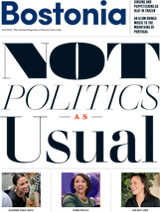

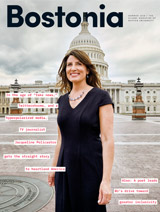
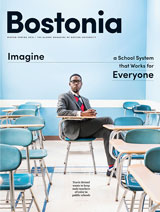

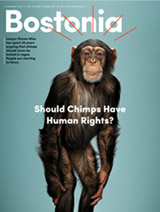
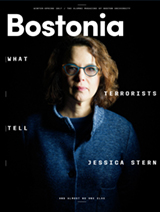

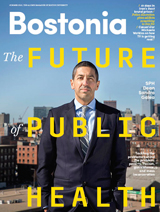
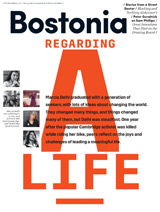
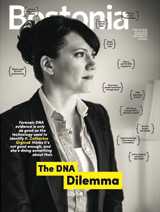
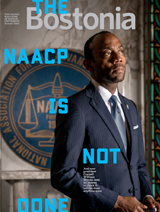

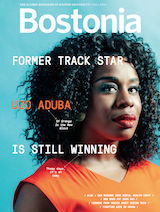
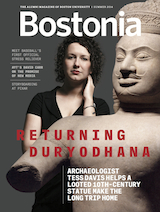
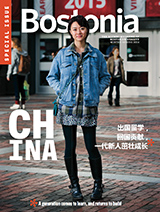




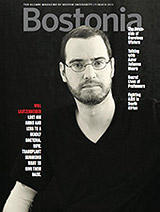

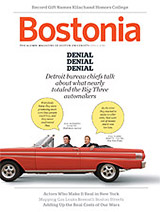
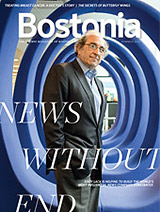
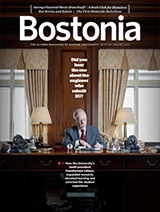

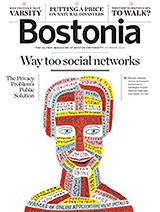



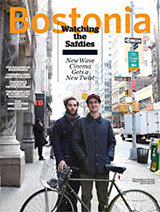

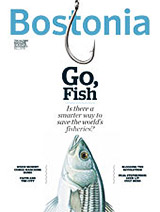


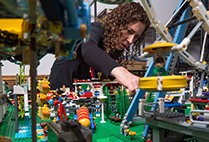




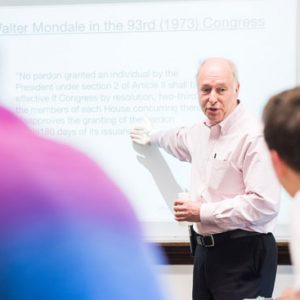

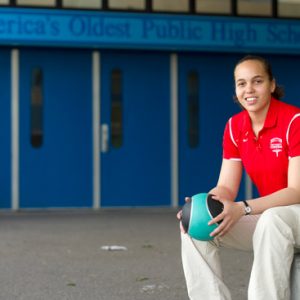
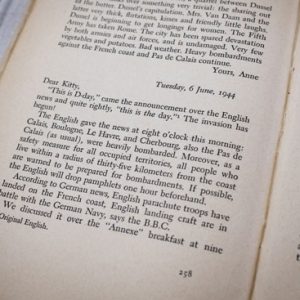
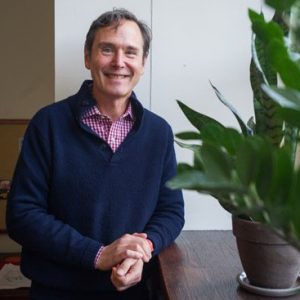
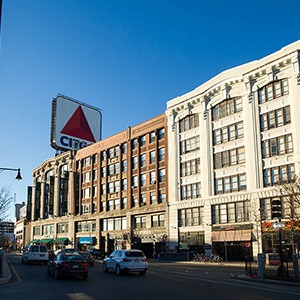
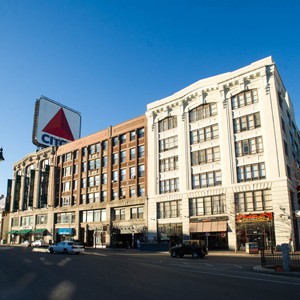
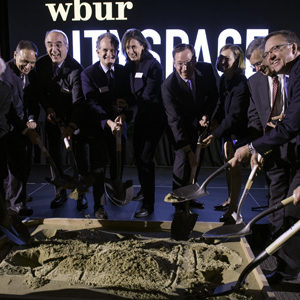
The proposed construction would certainly improve pedestrian, cyclist and vehicular traffic, making he area safer and easier to navigate.
My concerns are about the proposed hotel building; such structures literally cast a long shadow, cutting off daylight from the surrounding neighborhood. While the orientation of this building, and its slender shape, would appear to minimize its impact, that is one serious consideration. Another is the matter of scale; the hotel would dwarf all surrounding buildings, and perhaps establish a precedent for new high-rise construction in that area.
Lastly, what are the plans for the building’s energy use? How will it be heated, air-conditioned, and supplied with electric power? How “green” will it be?
This is a fantastic idea. I’ve experienced similar types of transformations in different communities in which I have lived. As an architect I am so grateful to see this as a potential future change. Went to BU undergrad and graduate and taugt at Bunker Hill. Would love to see this in Boston’s future.